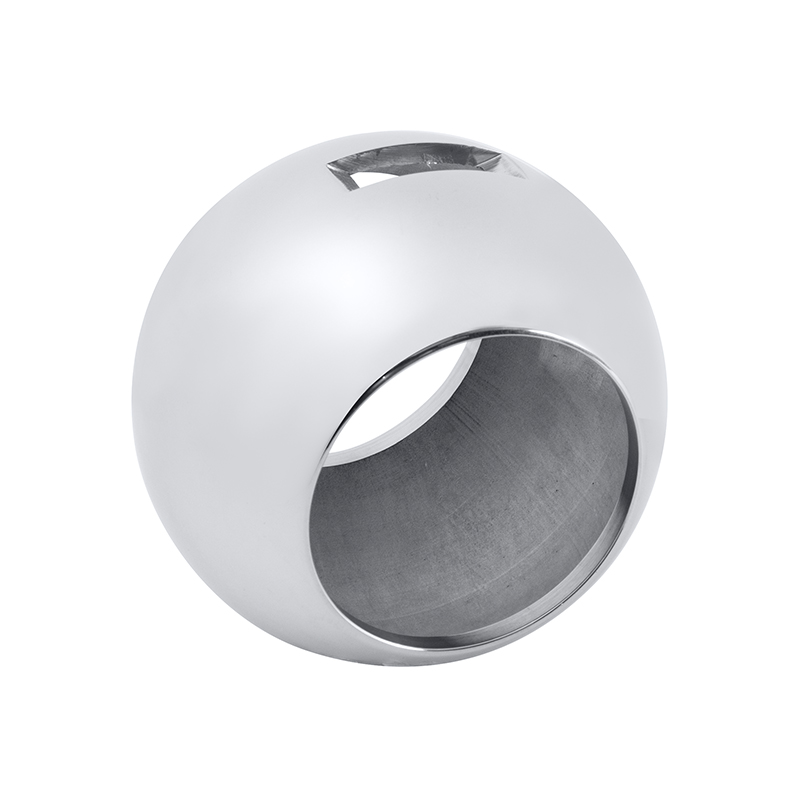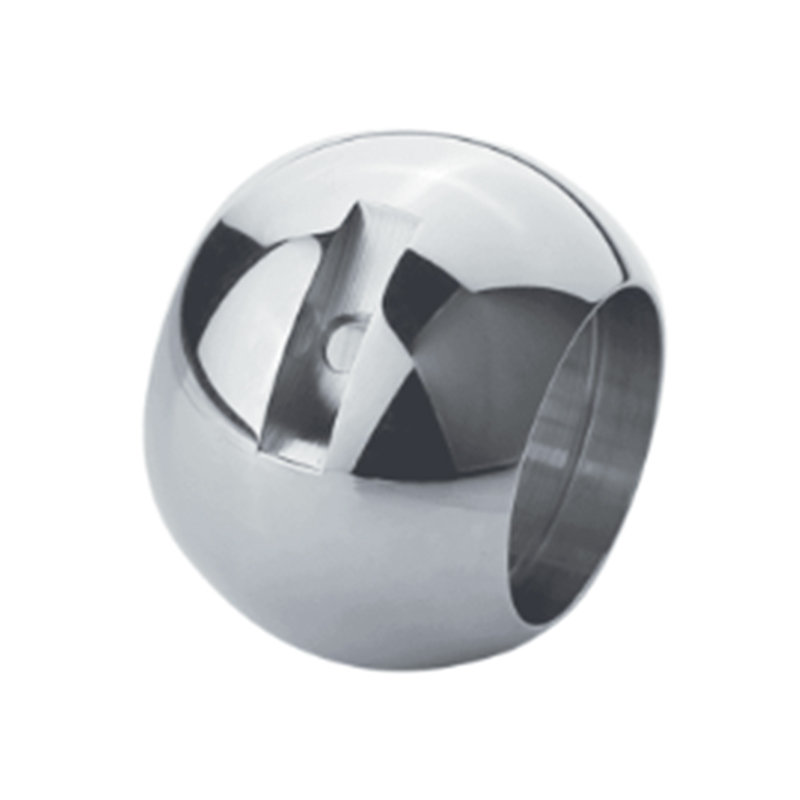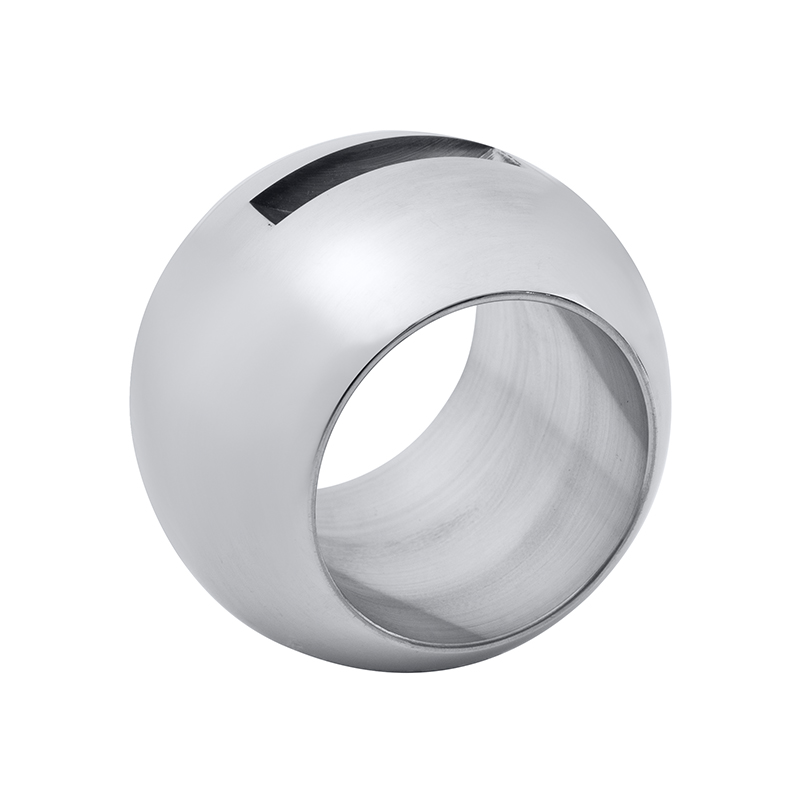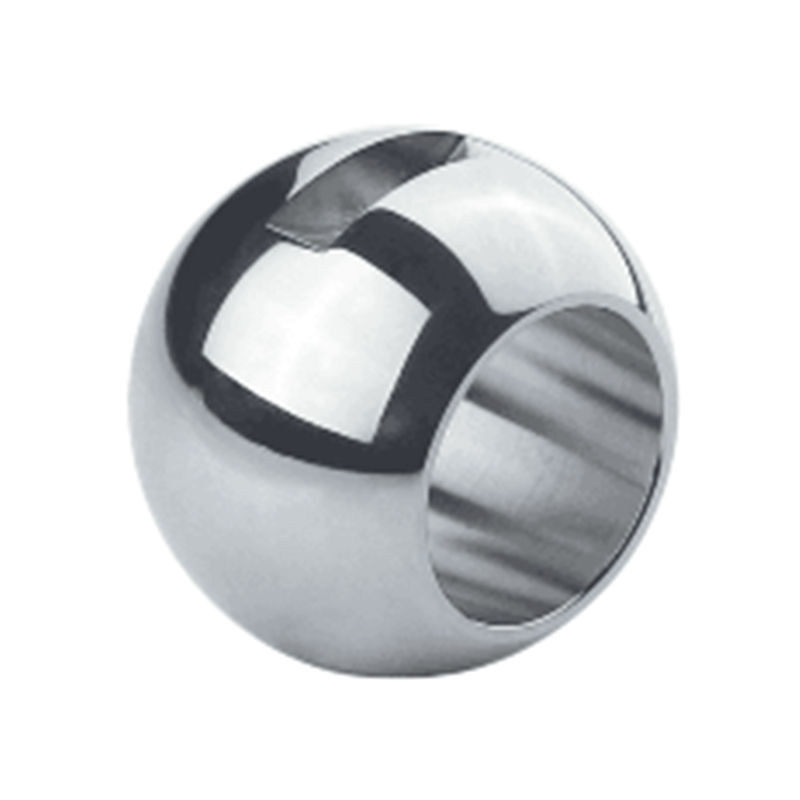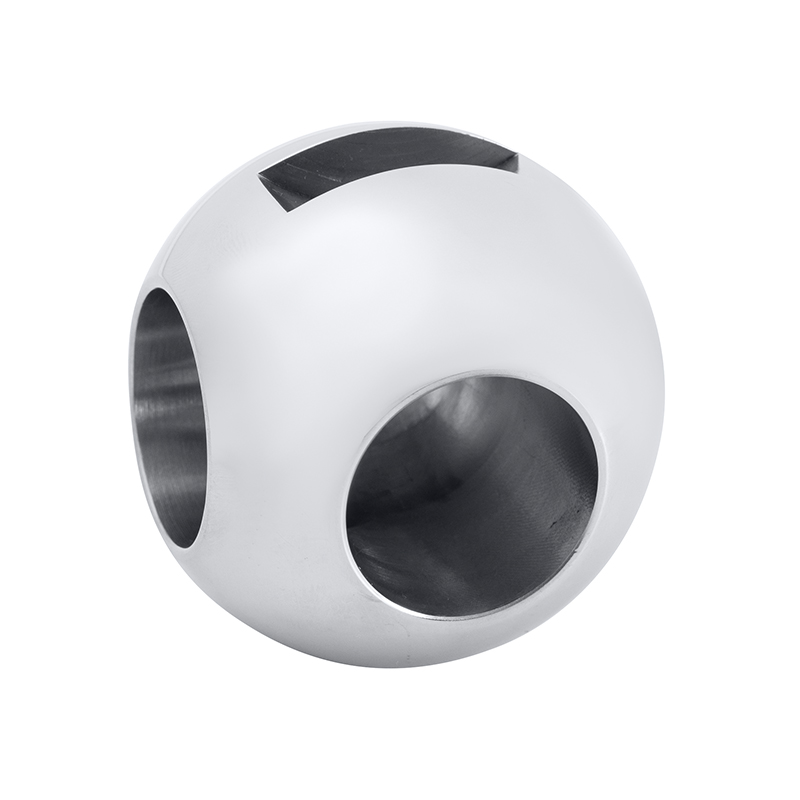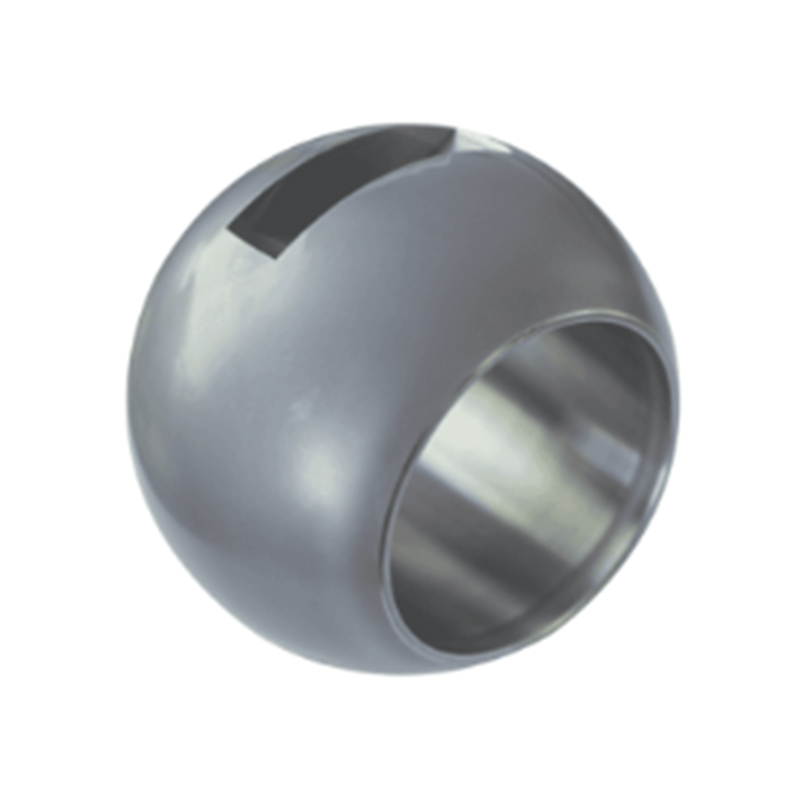Valve ball components, particularly those used in stainless steel ball valves and industrial control valves, play a crucial role in various sectors such as oil and gas, chemical processing, water treatment, and manufacturing. Due to their critical applications and the materials involved, the export of these components is often subject to stringent regulations imposed by different countries. Understanding these export regulations is essential for manufacturers, distributors, and exporters to ensure compliance and avoid potential legal or financial penalties.

Overview of Valve Ball Components
Valve ball components are integral parts of ball valves, which are valves that use a spherical ball to control flow through a pipeline. Stainless steel ball valves are among the more commonly used types due to their corrosion resistance, durability, and ability to withstand high pressures and temperatures. These valves are widely used in industrial control valves systems where precise flow control is necessary.
Industrial control valves, including ball valves, are designed to regulate the flow of liquids, gases, or slurries within an industrial process. The components within these valves, especially the valve balls themselves, must meet strict quality and performance standards, often requiring specialized manufacturing processes and materials like stainless steel. Exporting these components involves navigating a complex landscape of trade regulations.
Key Export Regulations Affecting Valve Ball Components
Material Restrictions and Certifications
Many countries impose restrictions on the export of materials such as stainless steel if they are deemed critical to national security or economic interests. Exporters of stainless steel ball valve components often must provide certifications verifying the material grade, chemical composition, and mechanical properties. Compliance with international standards such as ISO or ASTM is commonly required to ensure that valve balls meet the necessary specifications for industrial control valves.
Export Licensing Requirements
Depending on the country of origin and destination, export licenses may be required for valve ball components. Some governments classify these components under controlled goods due to their use in critical infrastructure or potential dual-use applications (civilian and military). Exporters must verify whether their shipment of stainless steel ball valves or industrial control valves requires an export license and apply accordingly.
Customs Declarations and Documentation
Proper documentation is a crucial part of export compliance. This includes detailed commercial invoices, packing lists, certificates of origin, and, in some cases, export control classification numbers (ECCN). An accurate description of valve ball components and their application in industrial control valves must be clearly stated to facilitate customs clearance and prevent delays.
Sanctions and Trade Embargoes
Valve ball components, especially stainless steel ball valves, may be subject to trade restrictions with certain countries or entities under sanctions or embargoes. Exporters must screen customers and end-users to ensure that their transactions do not violate international sanctions. Failure to comply with these regulations can result in severe penalties.
Quality Control and Compliance with Industry Standards
Since valve balls are critical in controlling industrial flows, quality control is emphasized in export regulations. Exporters are often required to demonstrate adherence to industry standards and may need to provide test reports, inspection certificates, and traceability records. These requirements help maintain the integrity of stainless steel ball valves and industrial control valves in demanding applications.
Challenges in Exporting Valve Ball Components
Exporting valve ball components comes with various challenges. Regulatory requirements differ widely between regions, necessitating a clear understanding of international trade laws. For example, the European Union and the United States have distinct export control systems that exporters must navigate carefully.
Moreover, the technical nature of valve ball components, such as those used in stainless steel ball valves, requires detailed product knowledge to ensure correct classification and documentation. Misclassification can advance to shipment delays, fines, or confiscation of goods.
Another challenge is compliance with environmental and safety standards. Some countries mandate strict environmental regulations on the production and export of stainless steel components, including controls on hazardous substances and waste management practices during manufacturing.
Ideal Practices for Export Compliance
To successfully export valve ball components, companies should adopt the following ideal practices:
Stay Updated on Regulations: Export regulations frequently change. Continuous monitoring of trade laws in both the exporting and importing countries is essential.
Maintain Accurate Records: Detailed documentation of material certifications, test results, and export licenses should be kept for verification during customs inspections.
Engage with Regulatory Authorities: Establish good communication with local export control offices and customs authorities to clarify compliance requirements.
Implement Customer Due Diligence: Verify the legitimacy of customers and the end-use of valve ball components, especially for stainless steel ball valves and industrial control valves, to avoid involvement in unauthorized transactions.
Train Staff on Export Compliance: Educate employees involved in export operations about relevant regulations to reduce the risk of non-compliance.
The export of valve ball components, particularly stainless steel ball valves and industrial control valves, involves a complex regulatory environment designed to ensure safety, security, and quality. Compliance with material restrictions, export licensing, documentation, and sanctions is critical for smooth international trade operations. By understanding these regulations and adopting robust compliance practices, exporters can effectively manage risks and maintain their position in the global market.

 English
English Español
Español Deutsch
Deutsch
